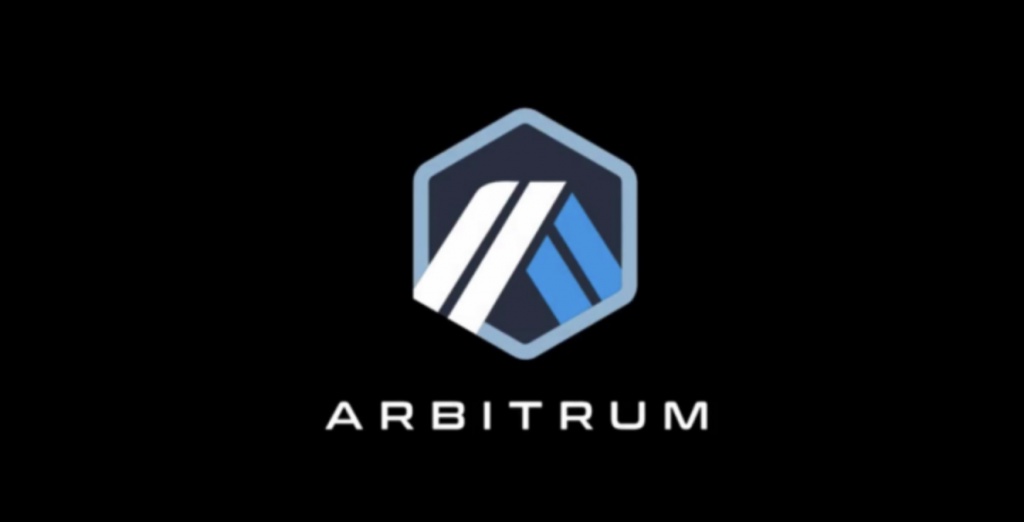Arbitrum, a Layer 2 scaling solution for Ethereum, has been gaining significant attention in the blockchain community for its potential to address the scalability and cost-efficiency challenges faced by Ethereum. At the heart of the Arbitrum ecosystem are Arbitrum nodes, a crucial component responsible for processing transactions, executing smart contracts, and ensuring the network's overall functionality. In this blog, we'll delve into the concept of Arbitrum nodes, their significance, the process of becoming an Arbitrum node operator, and the thriving projects within the Arbitrum ecosystem.
What Is an Arbitrum Node?
An Arbitrum node is a specialized participant within the Arbitrum network that plays a pivotal role in its operation. These nodes are responsible for processing most transactions and smart contract interactions off-chain, significantly reducing congestion on the Ethereum mainnet and lowering transaction fees. Arbitrum nodes rely on zk-Rollup technology, which allows them to efficiently process and validate data before periodically submitting compressed proofs to the Ethereum mainnet for verification and finality.
Does Arbitrum Have Nodes?
Yes, Arbitrum relies on a network of nodes to function effectively. These nodes collectively process transactions, validate smart contracts, and ensure the security and decentralization of the Arbitrum network. Arbitrum nodes are a fundamental component of the Layer 2 scaling solution.
How Do You Become an Arbitrum Node Operator?
Becoming an Arbitrum node operator involves several key steps:
-
Prerequisites: Ensure you have the technical expertise, hardware, and software infrastructure required to run an Arbitrum node. This typically includes access to a powerful server or computer.
-
Stake ARB Tokens: Arbitrum node operators are often required to stake a specific amount of ARB tokens as collateral to participate in the network and secure it. The specific staking requirements may vary.
-
Node Setup: Set up your Arbitrum node by installing the necessary software and configuring network connections. Detailed instructions and documentation are typically provided by Arbitrum's developers.
-
Participation: Actively participate in the network by processing transactions, validating smart contracts, and contributing to the network's consensus. Arbitrum nodes play a dynamic role in maintaining the network's security and reliability.
-
Stay Informed: Keep yourself updated about network changes, governance decisions, and updates to the Arbitrum ecosystem. Active participation and awareness are crucial for Arbitrum node operators.
How Many Projects Are There in Arbitrum?
As of my last knowledge update in September 2021, Arbitrum was relatively new, and the number of projects actively utilizing the network was growing steadily. The ecosystem was beginning to attract developers and projects seeking to leverage its scalability benefits. However, the specific number of projects may have evolved since then.
To get the most up-to-date information about the projects within the Arbitrum ecosystem, you can explore official Arbitrum channels, Ethereum forums, or visit the websites of prominent projects that have announced their adoption of Arbitrum as a Layer 2 scaling solution.
In conclusion, Arbitrum nodes are fundamental to the Arbitrum network, facilitating efficient off-chain processing of transactions and smart contracts. Becoming an Arbitrum node operator allows individuals and organizations to actively participate in the network's growth and contribute to its security and decentralization. As the Arbitrum ecosystem continues to expand, keeping abreast of developments and the projects that choose to build on Arbitrum is crucial for anyone interested in the blockchain space and Layer 2 scaling solutions.


No comments yet